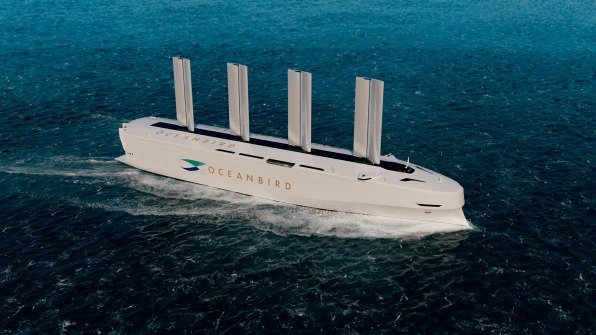Cargo ships return to sail power to reduce carbon footprint
Author: Tibi Puiu
In a much-welcomed historic move, the International Maritime Organization (IMO) set out in 2018 to halve shipping emissions by 2050. However, Climate Action Tracker reports that halving emissions is not enough to prevent global warming from exceeding the 1.5 degrees Celsius limit set by the Paris Agreement. To meet this target, the shipping industry would have to generate net zero emissions by 2050. Currently, the shipping industry emits one billion tons of carbon dioxide, accounting for almost 3% of global greenhouse gas emissions. That’s a challenging amount of carbon to offset, especially since cargo shipping occupies such a central role in our lives. Just look at how much trouble we’ve had because of the supply chain crisis — as a consequence of the COVID-19 pandemic and the ongoing 2022 Russian invasion of Ukraine — which has led to severe goods shortages and economic downturns. Wind power reduces the need for fossil fuels and alternative fuels and helps to extend our dwindling carbon budget. The use of alternative fuels also requires significant investment and space for new infrastructure, but the wind is always readily available and free. According to simulations, sails can provide anything from 10% to 90% of the power that a ship needs, even if it has to haul over 200,000 tons of cargo.

